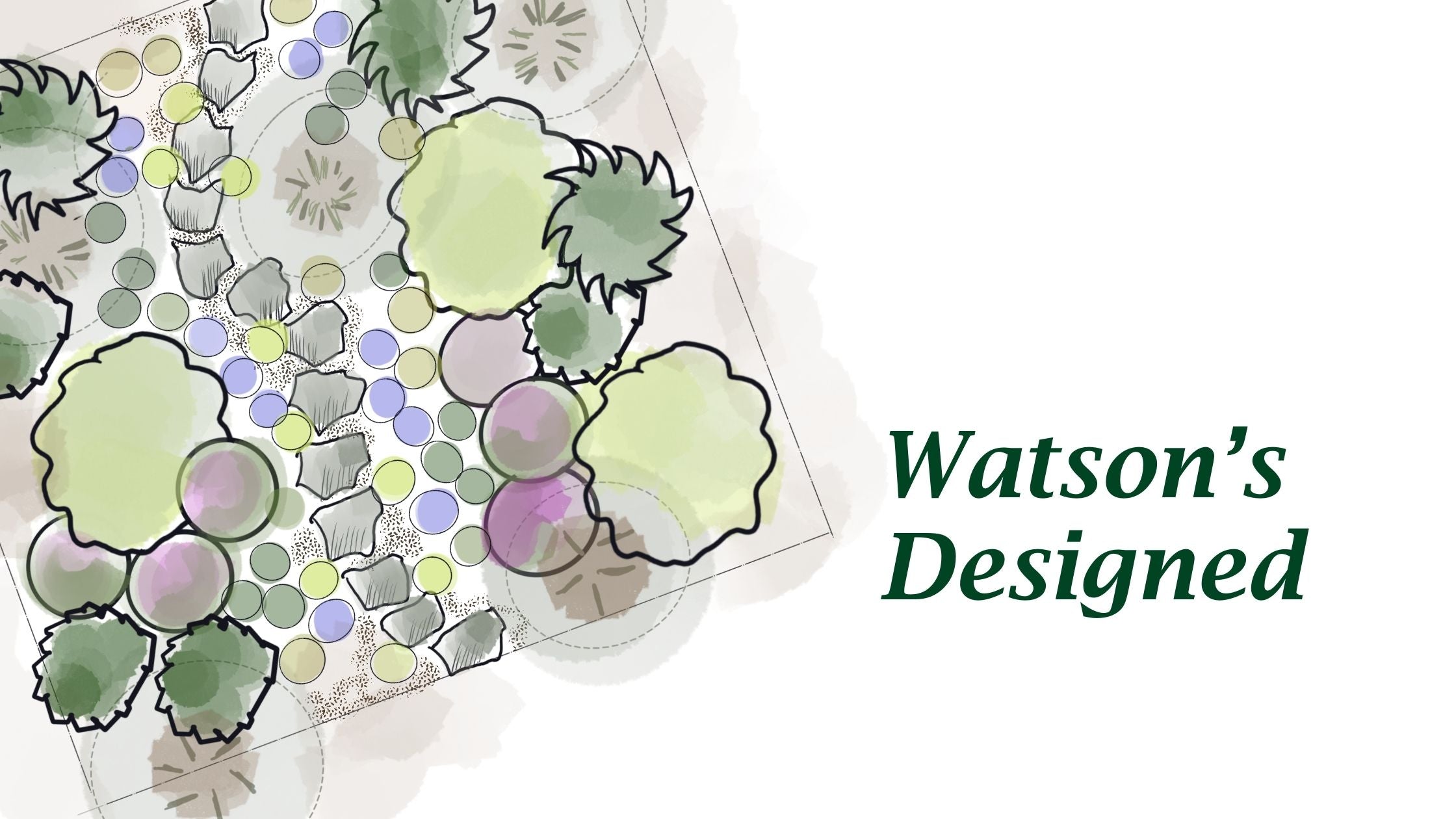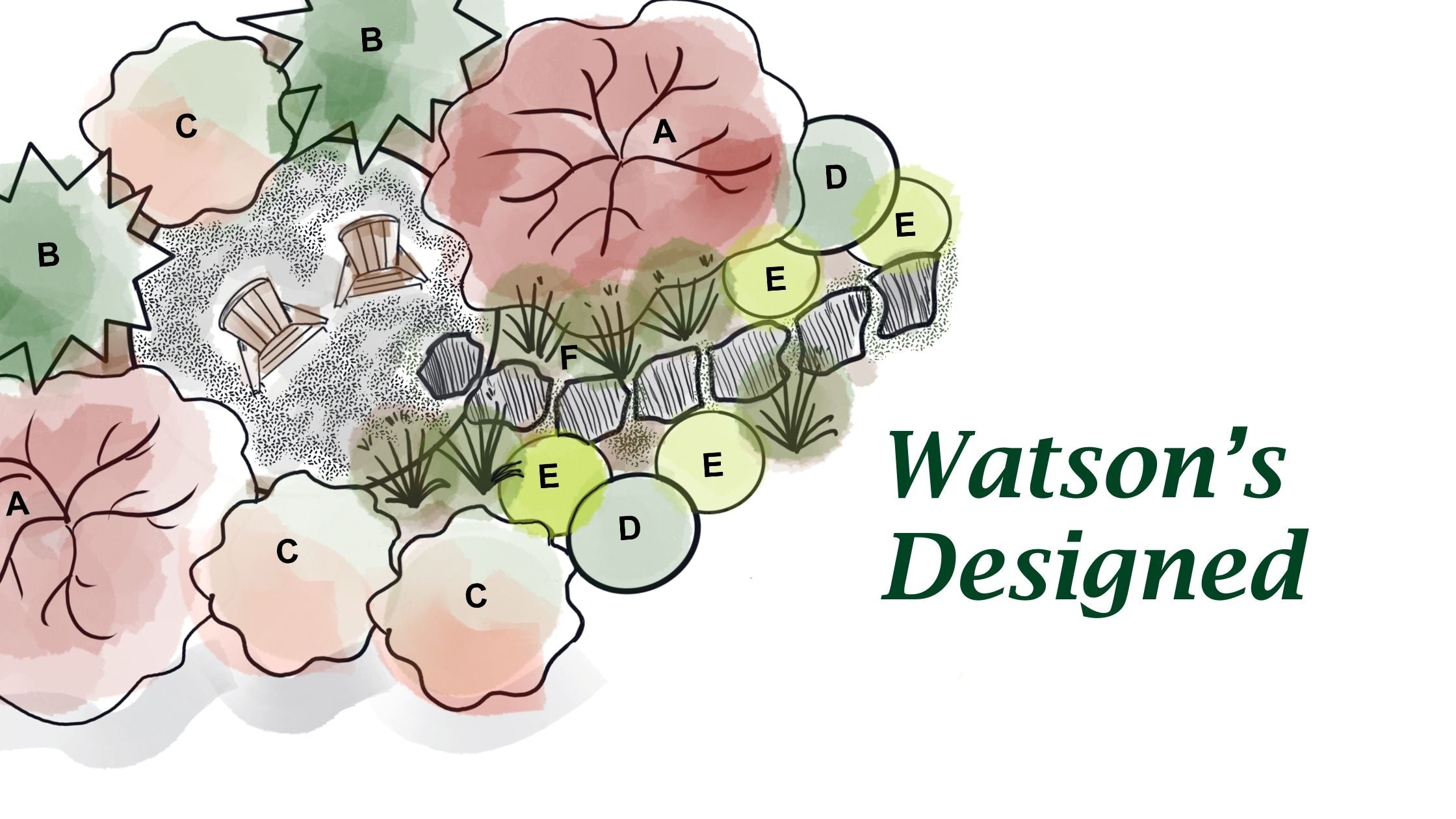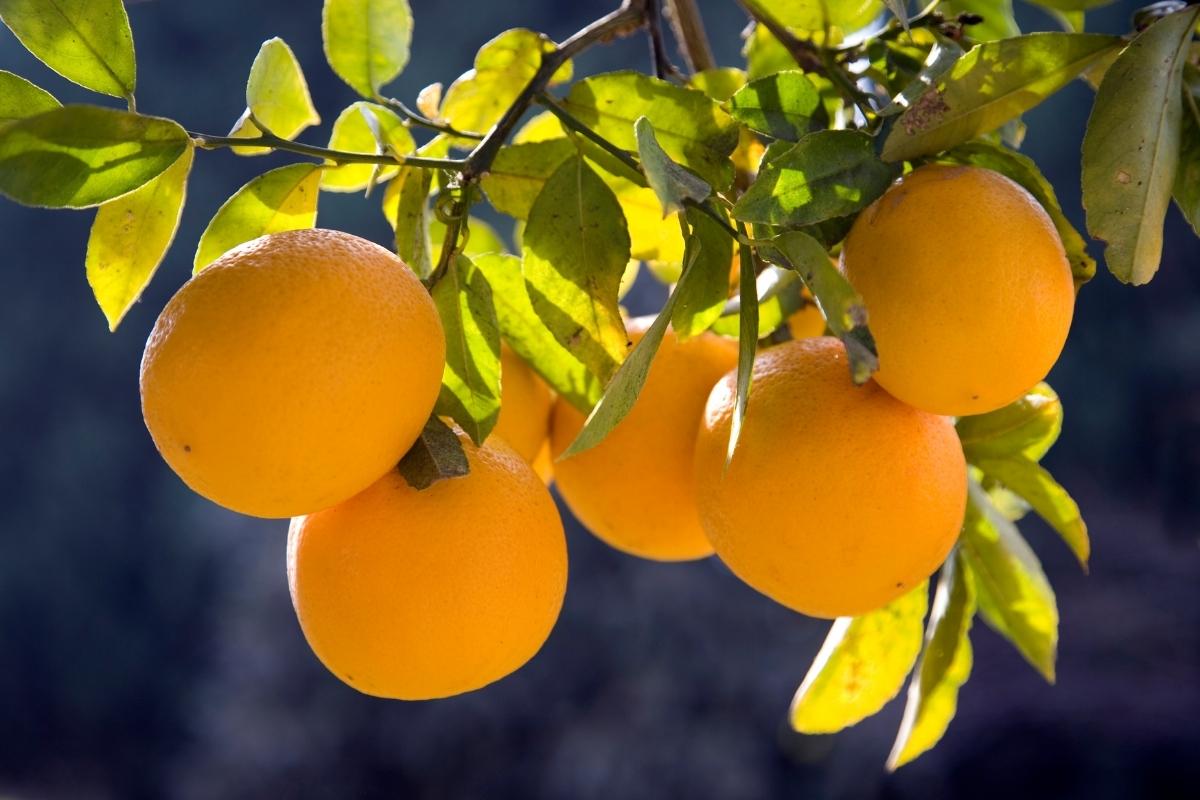Your Guide to Growing and Harvesting Rhubarb
Learn About Growing & Harvesting Rhubarb from Maria Bertucci

|
Rhubarb is one of my favorite plants to grow and harvest in the Pacific Northwest. And let me tell you, there's nothing quite like the taste of homegrown rhubarb in a pie or jam. Trust me, once you start growing and cooking with rhubarb, you'll be hooked.
Growing Rhubarb:
Rhubarb is naturally a large plant with huge leaves and loves deep rich soil and lots of organic matter—you can’t over apply compost to the soil around your rhubarb, it will just dig in and grow more magnificent. Rhubarb is herbaceous and will die back to the ground in late fall, springing up again early in the year.
It can be grown from seeds or more usually, from crowns split from another mature plant. Plants are usually available in the early spring and planted as soon as you can work the garden. If you are splitting your own mature plants, late fall is the best time to do that.
Whether you plant in spring or fall, an application of organic fertilizer like E. B. Stone Sure Start is a smart way to get your plant growing a healthy root system.
Rhubarb needs a site with full sun exposure and likes loose loamy soil the best but will grow in heavier soil with lots of compost mixed in. If you have sandy soil, the advice is the same—lots of organic matter mixed in and applied every spring and fall as mulch. Organic fertlizer can be applied every spring when the new growth appears.
Rhubarb is a great edible plant to mix into the landscape as it has great foliage color and texture. It should be planted with a good three feet of it’s own space and a nice big planting hole to start with. Crowns should not be planted deeply but within 2 inches of the soil surface, similar to a peony.
Rhubarb likes water—here in the PNW the summers are generally very dry and especially during the first two years, your plant will need regular summer water to establish well. After that you can get away with less but if you want the biggest harvests you will need to water once a week during summer.
If your plant sends up flowering stalks in the spring or summer, traditionally these are removed to promote new stalk production but it won’t harm your plant or spread rhubarb all over if you miss one.
Harvesting Rhubarb:
Rhubarb should not be harvested at all the first year after being planted as you want the plant to use all the energy produced by the leaves to make a big strong root system. If you can wait out the second season too it will help your plant long term but if you just can’t, harvesting a few stalks won’t be too detrimental, especially if you are faithfully providing rich compost. It’s best not to harvest the entire plant at any one time even after it is established. Rather than cutting, the traditional way to harvest rhubarb stalks is to grab them near the base and pull steadily upwards until the whole stalk pulls away from the plant. As you do this be careful to pull gently and steadily enough that you don’t remove other parts of the plant.
It is important to note that only the stalks are edible! The leaves are toxic to humans but safe to compost or leave on the garden surface to mulch around plants.
Rhubarb is often “forced” in the very early spring as one of the first homegrown perennial food plants that produce in the yearly cycle. Forced rhubarb is beautifully hot pink and tender and makes the prettiest rhubarb for jam making.
To force your rhubarb, first clear away any dead leaves or mulch around the base of the plant, put on a layer of fresh compost and a dose of organic fertilizer. Then, put a cloche, pot or basket over the crown of the plant in February. This is to insulate and block out sunlight so inducing the crown to send up tender shoots reaching for the sunlight. It takes about eight weeks from covering the plant to harvest stalks.
Cooking with Rhubarb
Rhubarb pies and cobblers are a very traditional way to eat this plant. I also use it chopped instead of blueberries in muffins and cake. My two favorite ways to eat rhubarb are as sauce—made just like applesauce and as Rhubarb Earl Grey jam. I use the hot pink tart sauce warmed on oatmeal in the morning or mixed with greek yogurt or vanilla pudding. Poured warm over ice cream or slices of pound cake is also delicious. The jam has a layered and fragrant quality that is pretty special and if you make it with forced rhubarb it is bright pink as well. Perfect with bread and butter or soft cheese. I use Pomona’s Pectin for jam making as it uses far less sugar to set compared to traditional jam making.




